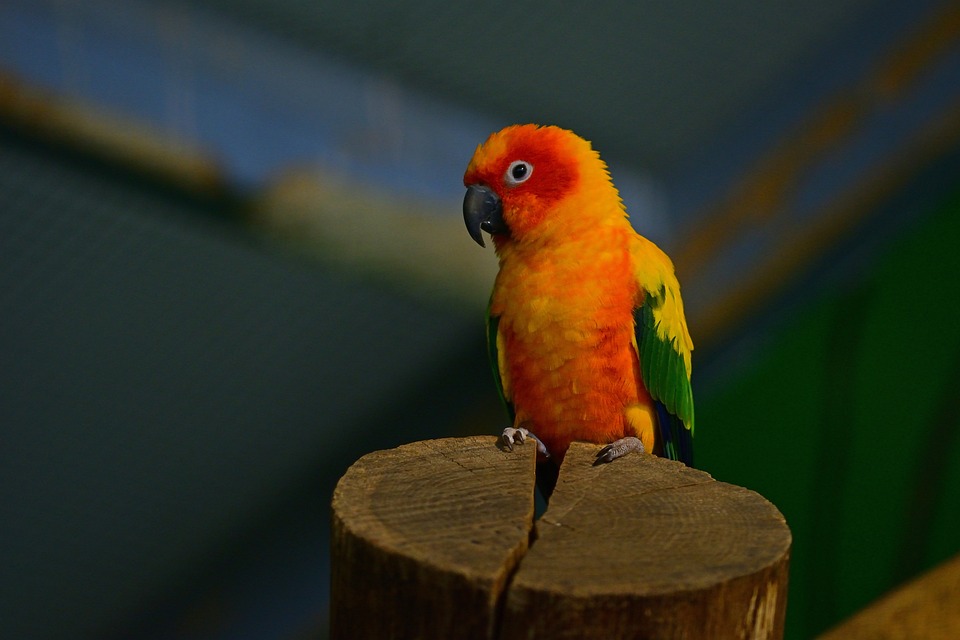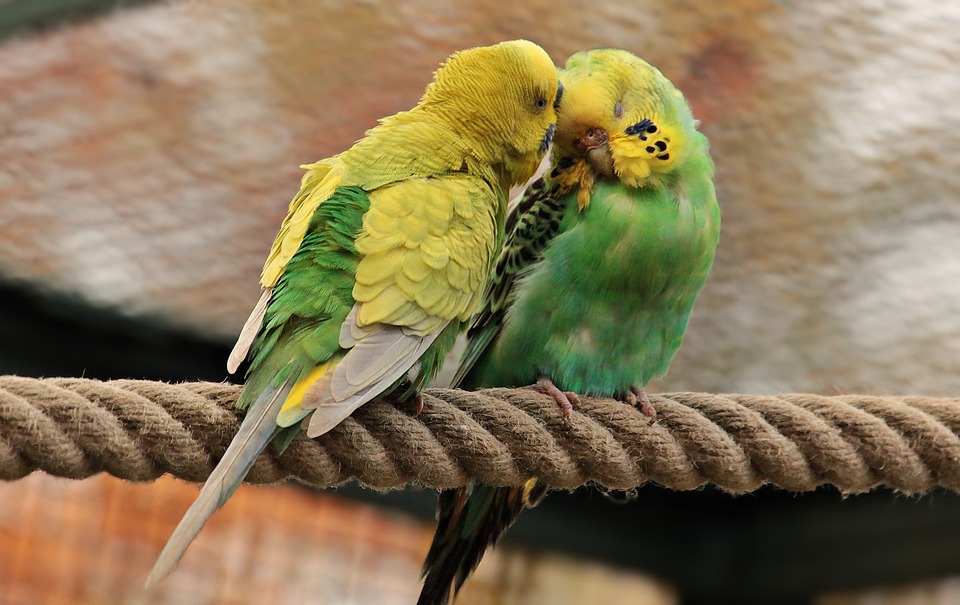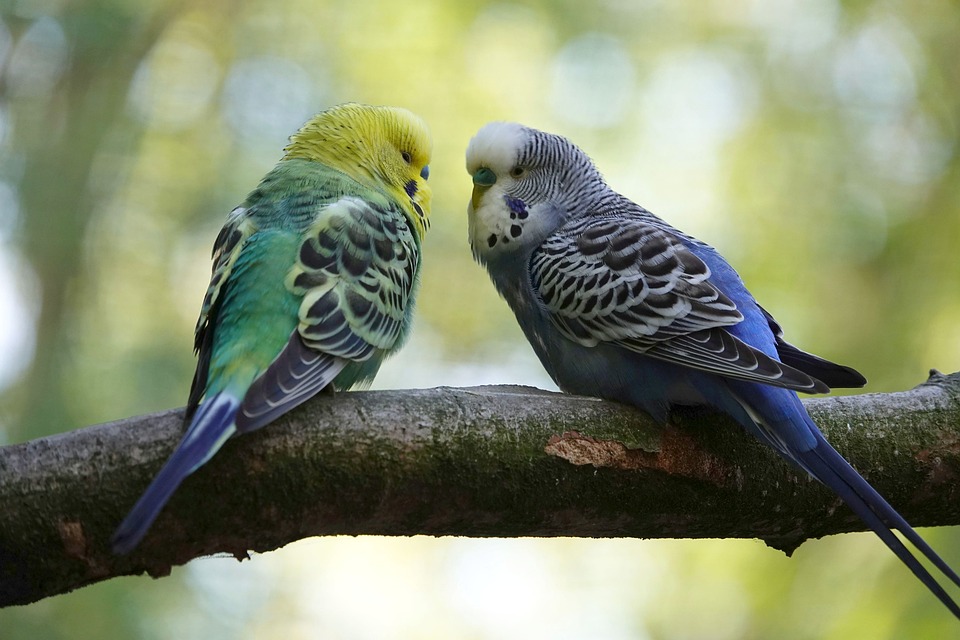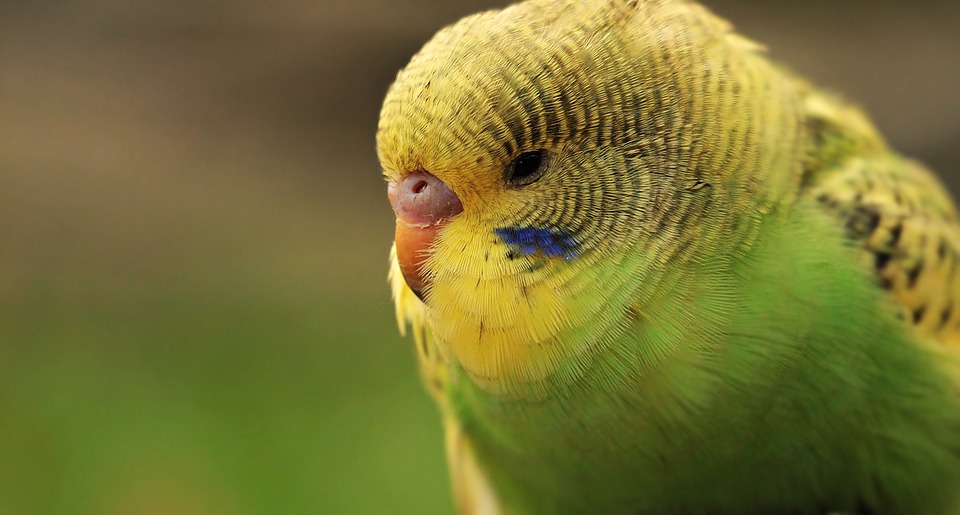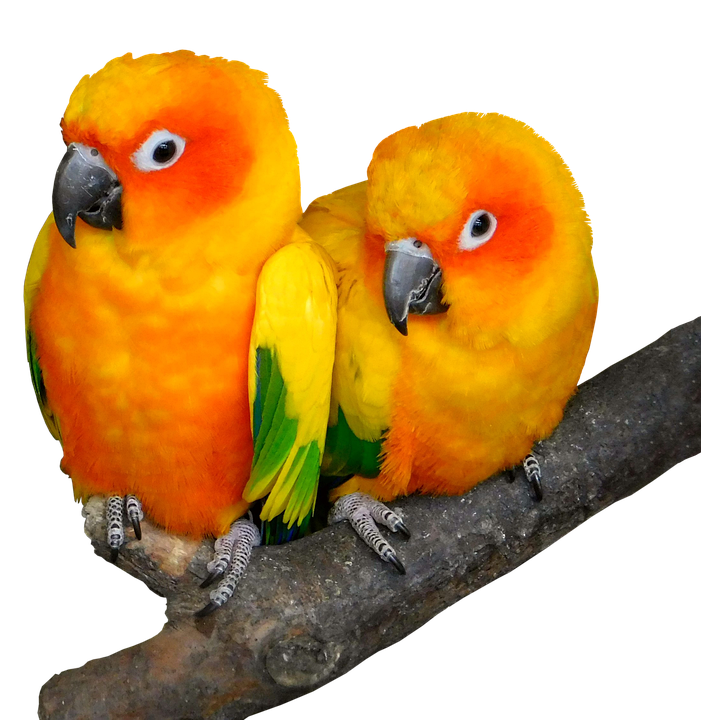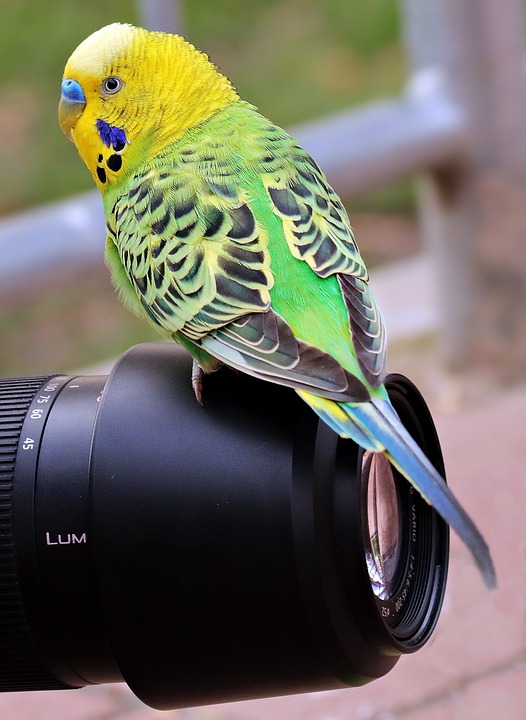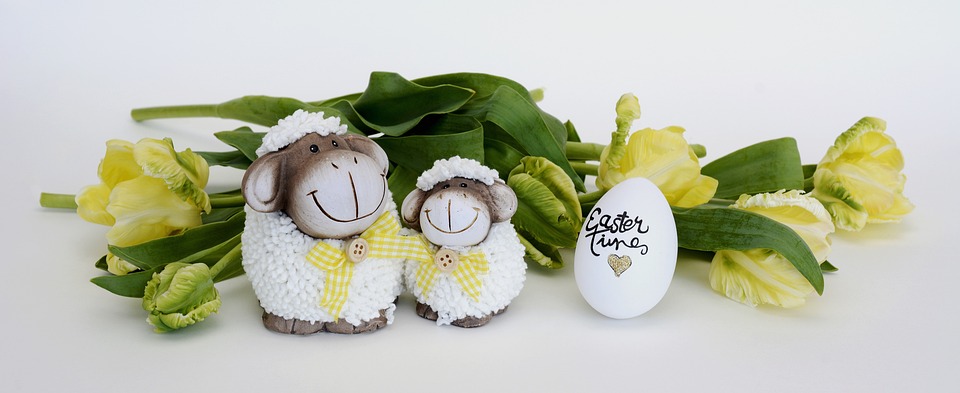Header: Encouraging Parrots to Interact with Foraging Toys and Puzzles: A Guide to Enrichment
Sub-Header: Adding an Element of Fun to Parrot Training
Parrots are intelligent creatures that thrive on mental stimulation and engagement. One of the most effective ways to keep our feathered friends happy and entertained is by incorporating foraging toys and puzzles into their daily routine. These interactive toys not only provide mental stimulation, but also help simulate the natural foraging behavior of parrots in the wild. In this article, we will explore various techniques and tips to encourage parrots to interact with foraging toys and puzzles, enhancing their overall well-being.
Sub-Header: Understanding the Importance of Foraging
Parrots in the wild spend a significant amount of their time foraging for food. This behavior is not only crucial for their physical sustenance, but it also keeps them mentally sharp and active. By replicating this natural behavior in captivity, we can provide our parrots with the mental and physical exercise they need.
Sub-Header: Choosing the Right Foraging Toys and Puzzles
When it comes to selecting foraging toys and puzzles for your parrot, it’s essential to consider their size, species-specific needs, and personal preferences. Here are a few key factors to keep in mind:
1. Size Matters: Ensure the toy is appropriately sized for your parrot to manipulate and interact with comfortably.
2. Material Selection: Opt for toys made from bird-safe materials such as wood, stainless steel, or natural fibers. Avoid toys with small parts that could pose a choking hazard.
3. Variety is Key: Introduce a range of toys with different textures, shapes, and levels of complexity to keep your parrot engaged.
Sub-Header: Introducing Foraging Toys and Puzzles
Introducing new toys and puzzles to your parrot can be an exciting experience. Here are some tips to ensure a positive introduction:
1. Gradual Introduction: Start by placing the toy outside the cage, allowing your parrot to observe and become familiar with it.
2. Positive Reinforcement: Use treats or praise to reward your parrot for showing interest in the toy.
3. Interactive Play: Demonstrate how to interact with the toy by manipulating it yourself, encouraging your parrot to mimic your actions.
4. Rotate Toys: To maintain your parrot’s interest, regularly rotate different toys and puzzles, ensuring a constant source of mental stimulation.
Sub-Header: Frequently Asked Questions (FAQs)
Q: How often should I introduce new foraging toys to my parrot?
A: It’s recommended to introduce new toys every few weeks to keep your parrot engaged. Monitor their response to each toy and adjust accordingly.
Q: What if my parrot seems disinterested in the foraging toy?
A: Be patient! Sometimes, it takes time for parrots to warm up to new toys. Try different techniques such as hiding treats within the toy or incorporating it into their regular feeding routine.
Q: Can I make my own foraging toys at home?
A: Absolutely! There are numerous DIY foraging toy ideas available online. Just ensure you use bird-safe materials and avoid any toxic substances.
Q: Are foraging toys suitable for all parrot species?
A: Foraging toys can be enjoyed by most parrot species. However, it’s important to consider the size, beak strength, and preferences of your specific parrot when selecting toys.
By understanding the importance of foraging behavior and following these guidelines, you can provide your parrot with a stimulating and enriching environment. Remember, each parrot is unique, so observe their preferences and adjust your approach accordingly. With time and patience, you’ll find your parrot happily engaged in interacting with their foraging toys and puzzles, leading to a happier and healthier feathered friend.

